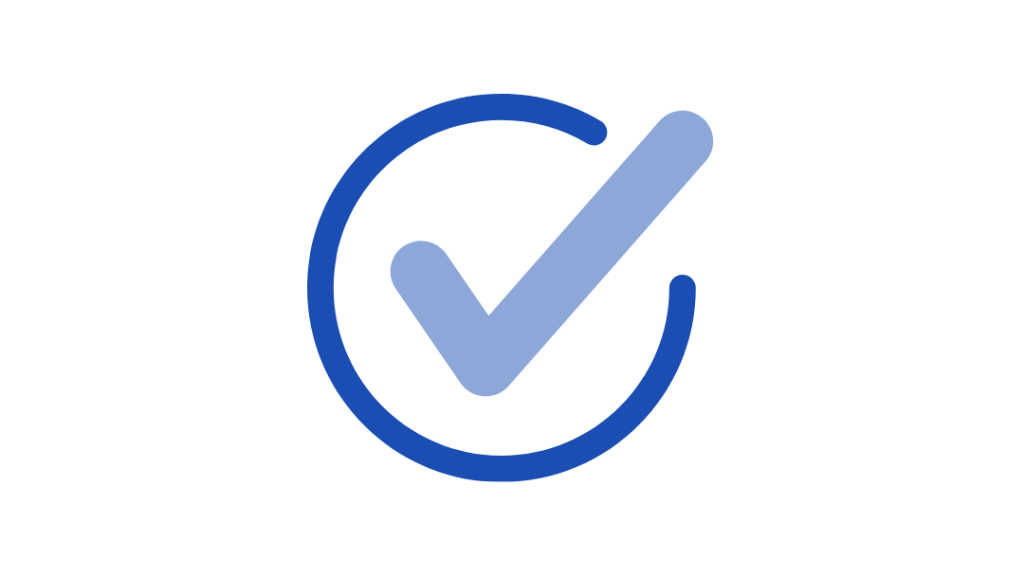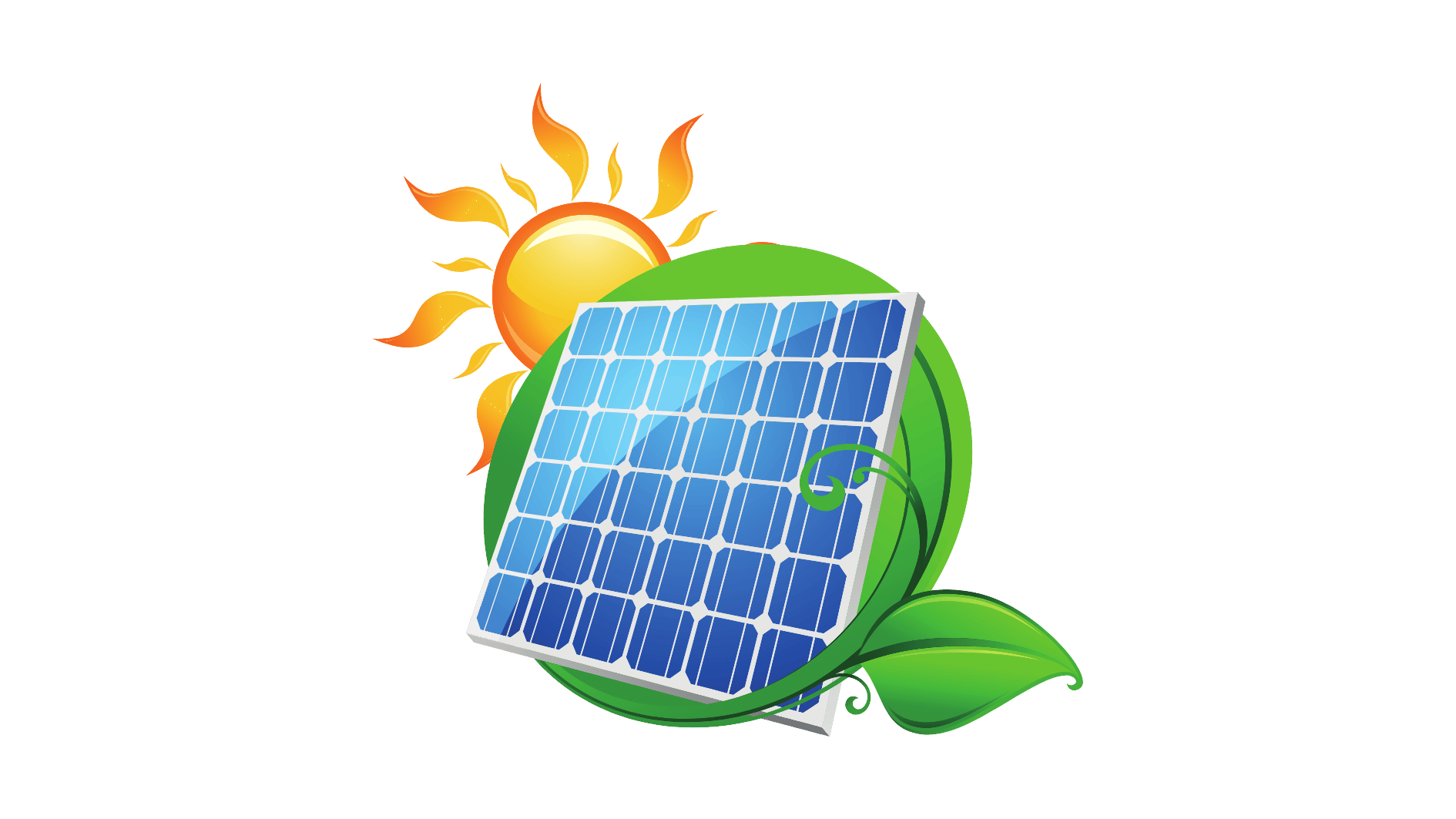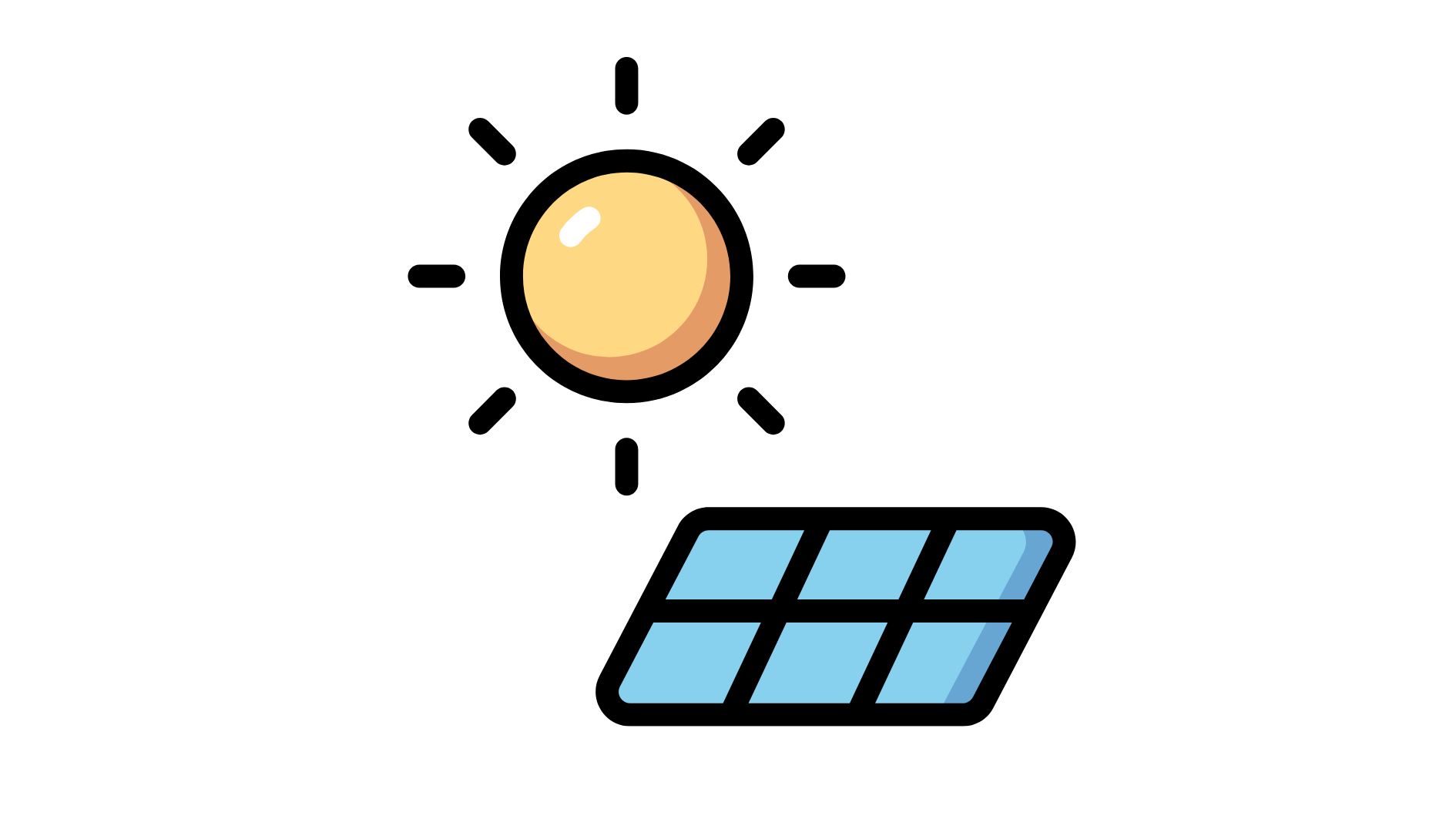Back to: Maximizing Solar Profits: Solar Renewable Energy Certificates
Understanding SRECs

Solar Renewable Energy Certificates (SRECs) are market-based financial instruments that allow solar energy system owners to earn money by generating electricity. For every 1 megawatt-hour (MWh) of electricity that a solar panel system produces, the system owner earns one SREC. These certificates can then be sold to utilities and other buyers, offering an additional revenue stream for solar energy producers.
Why SRECs Were Created
Many states have implemented Renewable Portfolio Standards (RPS), which require utilities to source a certain percentage of their electricity from renewable sources, including solar. However, rather than forcing every utility to build its own solar farms, the system allows them to buy SRECs from independent solar producers to meet their legal obligations.
This incentivizes homeowners and businesses to install solar panels by providing additional financial benefits beyond just energy savings.
The Benefits of SRECs
SRECs offer multiple benefits, including:
✔ Extra income for solar owners: Homeowners and businesses can sell SRECs and recover their investment in solar panels faster.
✔ Promoting clean energy: Encourages more solar installations, leading to lower carbon emissions.
✔ Helping utilities meet regulations: Utilities and energy suppliers can purchase SRECs instead of developing their solar infrastructure.
✔ Creating a competitive market: SRECs function like stocks – supply and demand determine pricing, leading to opportunities for financial gain.
Where Are SREC Markets Available?
Not all states have SREC markets. Some states have robust programs, while others offer different solar incentives. Active SREC states include:

New Jersey (one of the most valuable SREC markets)
Other states use direct incentives like rebates or feed-in tariffs instead of SRECs.




